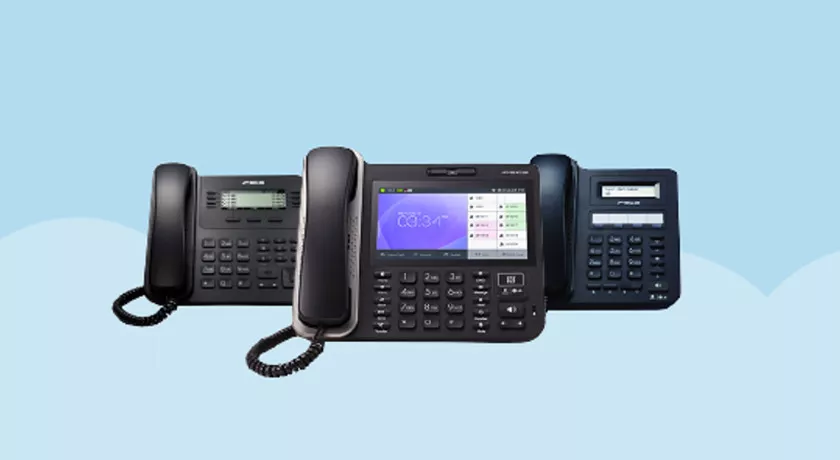The telecommunication industry is undergoing a significant transformation as the long-standing Integrated Services Digital Network (ISDN) faces its impending phase-out. Once hailed as a groundbreaking technology, ISDN has served businesses and individuals for decades, providing reliable voice and data transmission capabilities.

The End Of An Era: Adapting to the ISDN Phase-Out
However, with advancements in digital infrastructure and the emergence of more efficient alternatives, it is time to bid farewell to ISDN.
Decoding the ISDN Switch Off
TheISDN Switch Off is like a tech milestone where traditional landline services are getting a makeover. ISDN stands for Integrated Services Digital Network, an old-school way of connecting to the internet and making calls. But here’s the deal – technology is constantly evolving, and newer, snazzier options have come into the picture.
The Switch Off is the big moment when providers decide to retire the old ISDN system in favour of more modern and efficient communication technologies.
Imagine ISDN as the grandparent of today’s fancy internet and calling methods. It served us well, but now it’s time to let it rest and make room for faster, sleeker options. The ISDN Switch Off is like a tech spring cleaning – out with the old, in with the new.
It might mean you need to update your equipment or change your internet and phone setup, but the goal is to keep us all connected with better, speedier, and more reliable services.
The Switch Off is happening worldwide as part of a broader move towards advanced digital networks. It’s not just about saying goodbye to an old friend; it’s about embracing the future of communication.
Seamless Transition Strategies for Businesses
The phase-out of ISDN presents a significant challenge for businesses that have relied on this technology for their communication needs.
However, with proper planning and implementation, companies can seamlessly navigate this transition. One strategy is to assess the organisation’s current and future communication requirements.
By understanding the specific needs of different departments or teams within the company, businesses can choose alternative solutions tailored to their unique requirements.
Another essential step in managing this transition is investing in new digital infrastructure. This may involve upgrading existing systems or implementing new ones that align with modern technologies such as Voice over Internet Protocol (VoIP) or Software-Defined Wide Area Networks (SD-WAN).
The goal is to ensure smooth integration and compatibility between old and new systems, minimising disruptions during migration.
Training and education are crucial in facilitating a seamless transition from ISDN to newer alternatives. Employees should be provided with comprehensive training programs to familiarise them with the functionalities of these new technologies, enabling them to adapt and maximise productivity after implementation quickly.
Future-Proofing Your Communications
To successfully navigate this transition, businesses must assess their current communication needs and explore options such as Voice over IP (VoIP) or cloud-based systems.
These alternatives offer features like instant messaging, video conferencing, and mobile integration that can enhance productivity and collaboration in today’s digital age.
Moreover, with voice becoming just another form of data on an internet connection rather than a separate infrastructure requirement like ISDN, businesses can streamline operations and reduce costs.
Future-proofing your communications also entails ensuring compatibility with evolving technology trends. With emerging technologies such as artificial intelligence (AI), the Internet of Things (IoT), and 5G networks shaping the future of communication systems, businesses must keep abreast of these advancements when making decisions about their communication infrastructure.
Organisations can position themselves for long-term success in an ever-evolving business landscape by choosing flexible solutions that seamlessly integrate with these emerging technologies.
